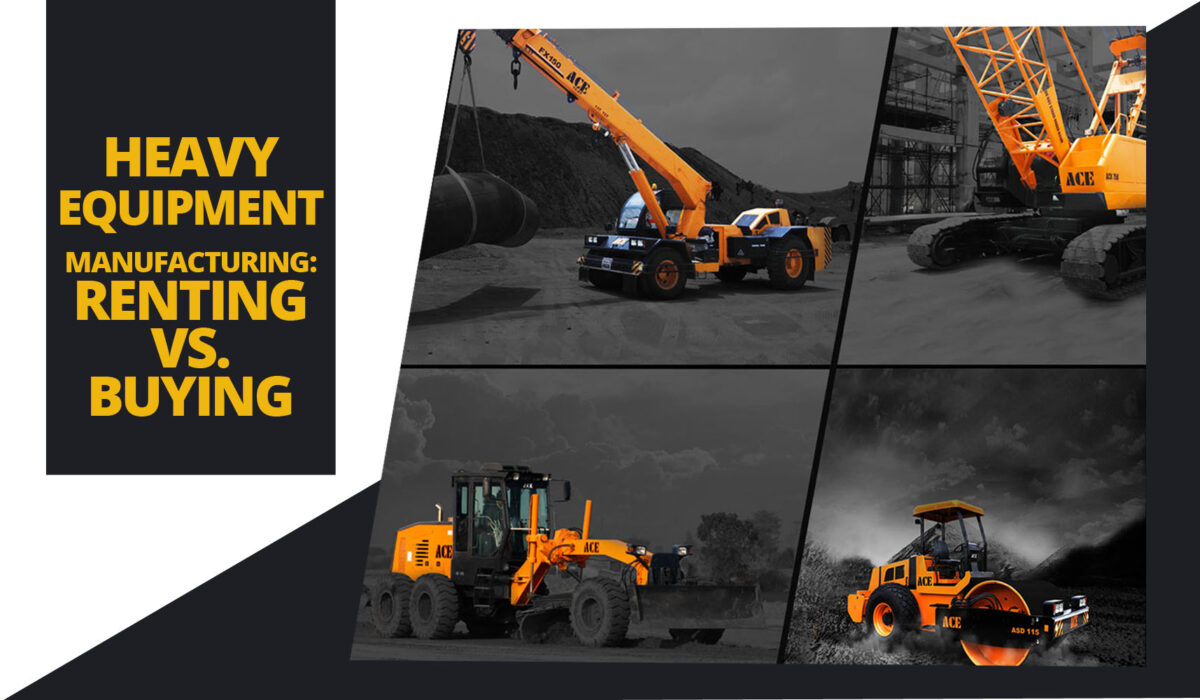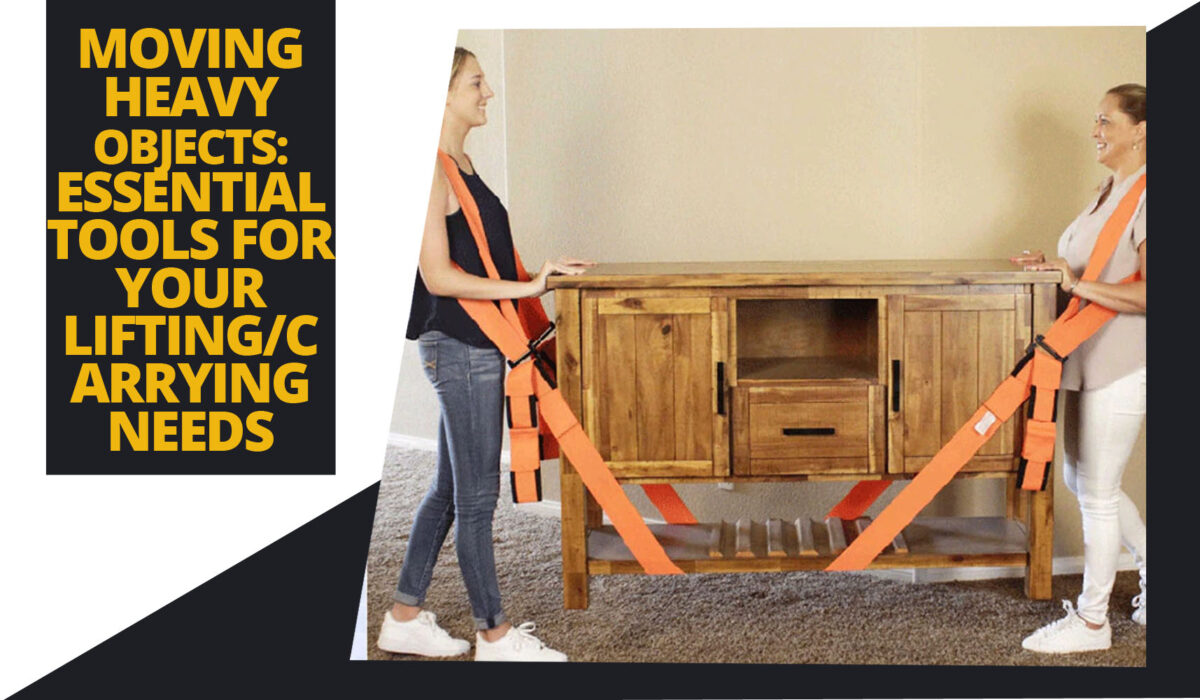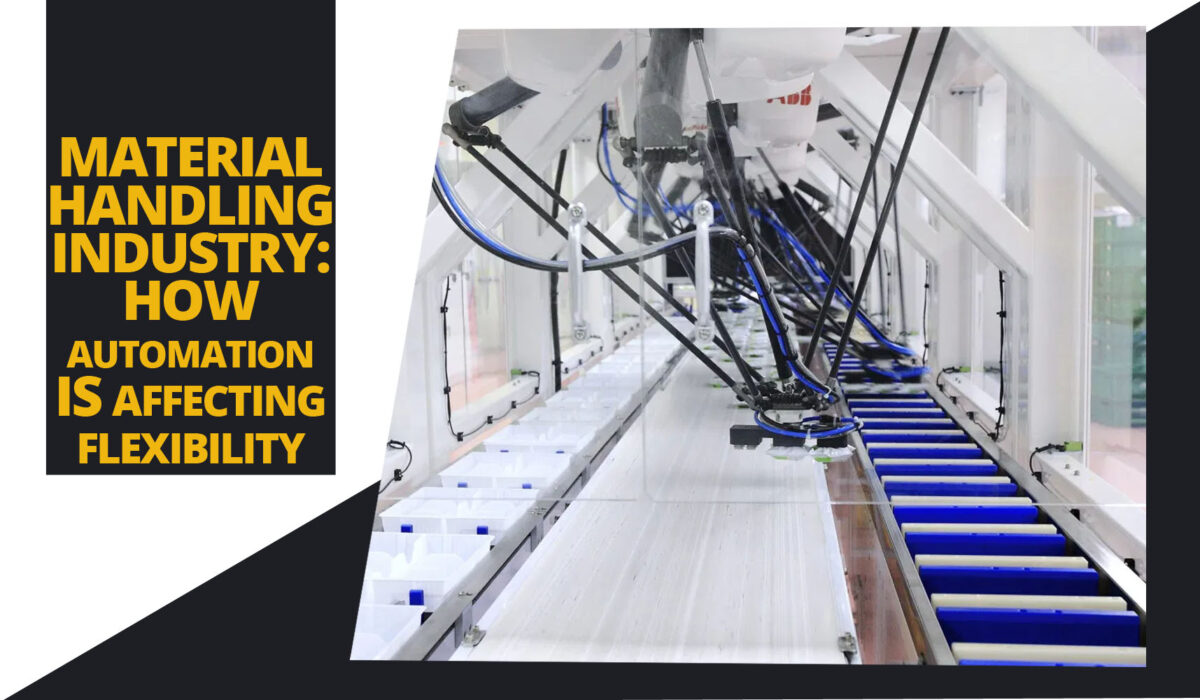On how many occasions have you looked into renting or buying a tool or equipment? Still wondering if there is a right or wrong decision? Well, there isn’t.
The construction industry is so competitive now that even the smallest additional cost can bring you down from that top bidder spot. Construction equipment and tools are bought and/or rented in certain cases; however, the final decision is dependent on the frequency and methods by which you can allocate some of these costs.
Should you rent or buy construction tools and equipment? Let’s look at some intriguing points of view for you to consider.
Benefits of Buying
A general rule of thumb is that if you are utilizing a tool or equipment more than half of the time, then you should think of buying it.
Purchasing a tool or equipment is a choice that ultimately impacts your immediate opportunities for providing a lesser price to your consumers. If you are buying the equipment, consider the tax benefits it can offer and how the cost is depreciated or amortized through a straight line or compound declining balance.
Owned materials and tools like Heavy-Duty Caster Wheels, industrial Turntables, lifting jacks.
are regarded as assets adding to your balance sheet and which can always be sold in case of hard times. If you’re the owner of the material, it is easy to direct the pace and decide when to use, but remember to account for its transit costs.
Finally, there is an idea of joint ownership, when different companies join forces to purchase large equipment, so it can be available to all the parties, and the cost gets divided into many shareholders. Usually, loan installments are only a small fraction of rental rates, as this also includes fuel, maintenance, transport, and many other costs.
Renting Benefits
If you’re indecisive still, start by renting the material required for the job as it can give information about the cost and maintenance to estimate a payback period. Additionally, the rental experience is used to find out the efficiency of your production when the tools are used continually rather than being an option. Using rental tools such as heavy-duty caster wheels, industrial Turntables, lifting jacks, will normally bake the cost in and pass to the consumer as overhead or indirect costs during the project execution.
Rental costs are thought of as business expenses and deducted yearly. Renting is profitable when you don’t have plenty of funds to invest, and by renting it, you will gain access to the latest equipment while not carrying the burden of insurance or maintenance.
Buying or Renting Equipment
If we are examining heavy equipment, then it should be viewed a little differently. Reduced interest rates, tax, and other incentives (money) are making the buying decision more appealing than ever. But, be aware that the storage and upkeep costs can hugely affect your cash flow when the tools are not used efficiently.
There is the option of renting your material too, but you will have to ensure the appropriate insurances are in place, and there is sufficient money to cover operational expenses. Larger equipment demands extra analysis during the buy-or-rent equipment process, and distinct models and options should be considered. Don’t forget that every equipment maintains a different value over time, so do some research and compare the costs of used tools before purchasing.
Along with all of these items, be aware of the transportation costs and permits needed to move the equipment from one location to another, and consider if the storage space will be affected by road postings. If your material is rented within 100 miles, then minimum costs are associated with it, but when it’s used in remote places, remember to add travel expenses, repairs, maintenance, and fuel if it needs to be serviced.
When to Buy and When to Rent Construction Tools & Equipment
The gist of this question can be obtained after you evaluate the following points:
- If you are using the machine 176 consecutive hours or 22 days for more than 8 months a year, consider buying it.
- If your tools are required by a specialty contractor that you are planning to employ temporarily or if only required for a single project, then simply rent it.
- Whenever a project or a group of projects in your facility requires the same equipment over and over, just buy it.
- Multipurpose tools such as drills, generators, rotary hammers, or tools like diggers, backhoes, or front-wheel loaders, needed constantly, buy them. Rental costs will accumulate quickly.
- If your cash flow is not big enough or if creditworthiness is an issue for your business, rent it.
How do you go about getting your equipment and tools? Do you buy or rent? Spark a conversation down in the comments.



